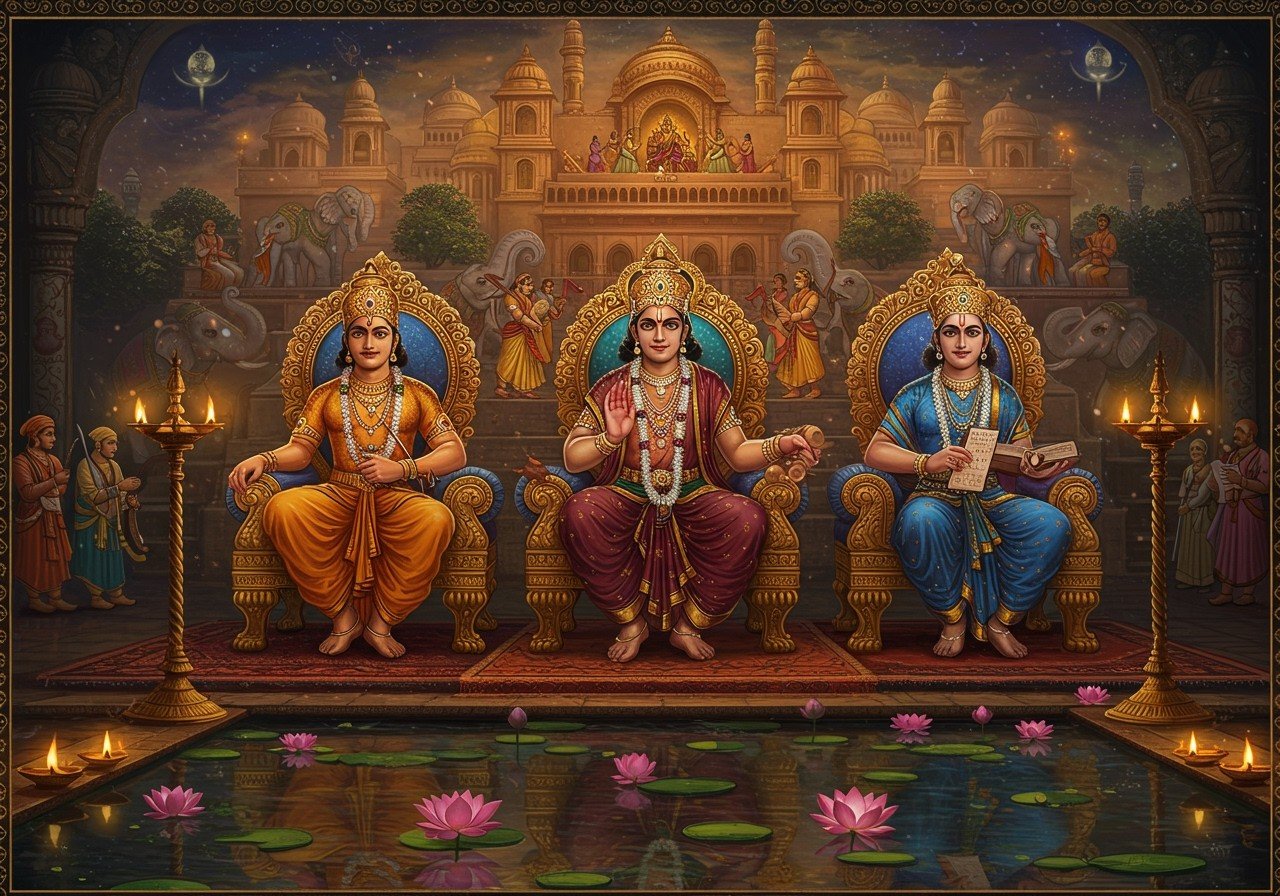
The Kanva Dynasty, a significant era in Indian history, arose after the decline of the Shunga Dynasty. This article explores the key figures who shaped the Kanva Dynasty, including its founders, rulers, and successors. It also delves into the dynasty’s contributions to ancient Indian culture and administration.
Establishment of the Kanva Dynasty
The Kanva Dynasty was established by Vasudeva Kanva in 73 BCE. He was a Brahmin minister who overthrew the last Shunga ruler, Devabhuti. Several factors contributed to the Shunga Dynasty’s downfall, creating an opportunity for Vasudeva Kanva’s rise:
- Political Instability: The Shunga rulers struggled with internal conflicts and weak leadership, creating instability within the kingdom.
- Social Unrest: Oppressive policies led to widespread dissatisfaction among various social groups, further weakening the Shunga Dynasty’s authority and paving the way for change.
Vasudeva Kanva’s ascension marked a pivotal shift from Shunga to Kanva rule, bringing stability and a new direction to the region.
Vasudeva Kanva’s Reign (73 BCE – c. 66 BCE)
Vasudeva Kanva, the dynasty’s founder, ushered in an era of stability and prosperity. His reign is noteworthy for several key achievements:
- Administrative Reforms: He implemented policies to strengthen governance and improve the administrative efficiency within the kingdom.
- Peace and Order: He successfully maintained stability and order following the transition from Shunga rule, consolidating his power and establishing a peaceful environment. His rule provided a respite from the previous unrest.
These efforts ensured a stable and prosperous kingdom under his leadership.
The Kanva Rulers
Following Vasudeva Kanva, three rulers continued the dynasty’s legacy:
- Bhumimitra (c. 66 BCE – c. 52 BCE): Vasudeva’s son, known for his significant contributions to the kingdom’s development and prosperity.
- Narayana Kanva (c. 52 BCE – c. 30 BCE): Focused on administrative and military achievements, strengthening the kingdom’s internal affairs and external defenses. He reigned for a longer period, marked by relative peace compared to previous eras.
- Susarman Kanva (c. 30 BCE – 27 BCE): The last Kanva ruler, whose reign was marked by increasing challenges and external pressures. His rule was short-lived, ending with the rise of the Satavahanas.
Each ruler faced unique internal and external circumstances that shaped their reigns.
Succession and Decline (27 BCE)
The Kanva Dynasty eventually yielded to the Satavahana Dynasty in 27 BCE. Several factors led to its decline:
- Internal Strife: Conflicts within the dynasty weakened its power and ability to effectively govern, making it susceptible to external threats.
- Rise of the Satavahanas: The growing power of the Satavahana Dynasty posed a significant external threat, ultimately leading to the overthrow of the Kanva Dynasty.
This transition significantly impacted the region, marking the end of Kanva rule and the beginning of Satavahana dominance.
Poojn.in: Connecting You to India’s Rich Heritage
At Poojn.in, we understand the profound spiritual connection many feel towards India’s rich history and dynasties like the Kanvas. We offer a wide selection of products to support your spiritual practices:
- Lord Shiva Murti: Honor Lord Shiva with a beautifully crafted murti, perfect for creating a sacred space in your home. Available in various sizes and materials.
- Mangalam Camphor: Enhance the purity of your rituals with high-quality camphor, known for its cleansing properties and traditional use in ceremonies. Offered in convenient packaging.
- Radha Krishna Bigraha: Celebrate the divine love of Radha and Krishna with a beautifully sculpted bigraha. A perfect addition to your home altar or prayer room.
Explore our complete collection at poojn.in and discover a wide range of spiritual products.
Conclusion
The Kanva Dynasty, though relatively short-lived, holds a significant place in Indian history. From its founding by Vasudeva Kanva to the contributions of its rulers, the dynasty demonstrated a commitment to governance, cultural development, and diplomatic relations. Despite the challenges that led to its eventual decline, the Kanva Dynasty’s legacy continues to enrich India’s cultural heritage. The subsequent rise of the Satavahana Dynasty marked a new era, but the achievements of the Kanva rulers remain an important part of India’s historical narrative.


